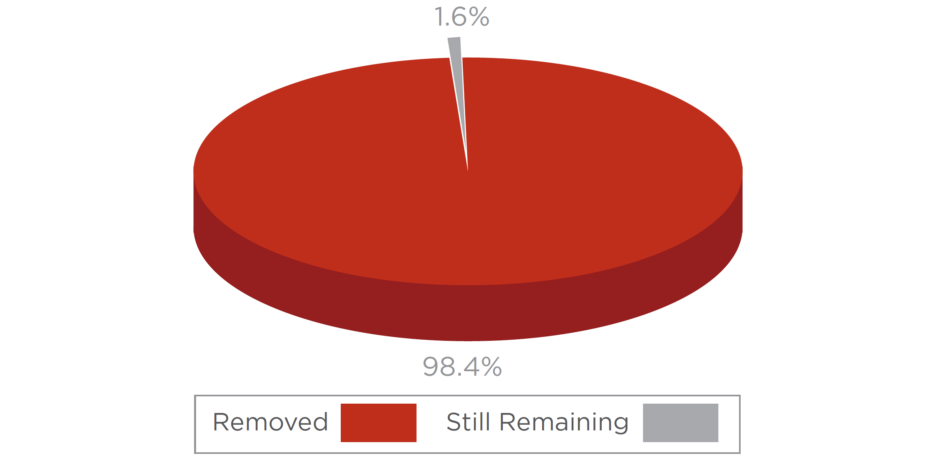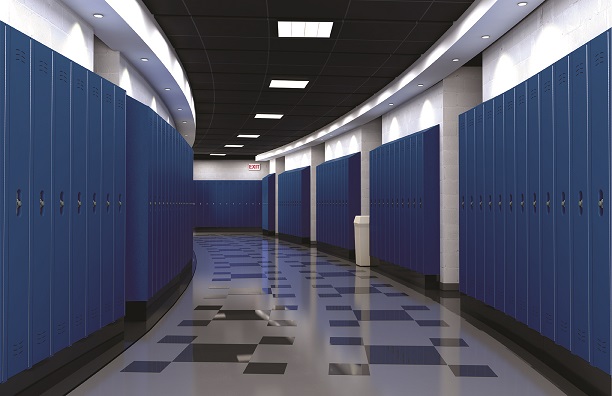Managing a facility isn’t the easiest job in the world because there are many responsibilities involved. Whether your facility is a school, gym, or office building, it’s important to take note of issues and objectives so all your occupants are happy. Here are a few important facility management goals and objectives that are suitable for all types of facilities.
Communication with Stakeholders and Occupants
To set facility management goals, it’s crucial to keep an open line of dialogue with stakeholders and occupants to ensure that everything is running as smoothly as possible. Open communication allows you to learn how the facility is perceived daily, along with some recommendations to make the facility a more comfortable environment. Design a system where occupants can easily send in their opinions and recommendations so you can ensure that all occupants are comfortable and happy with their surroundings.
Provide a Safe and Healthy Environment
It’s important to include potential health risks in your facility management goals to contain and correct these risks in your facility. Bathrooms are good areas to keep up with for cleanliness. It’s a room that’s visited by all, so make it as pleasant as possible by keeping it stocked with plenty of toiletries and air fresheners.
Because moisture is a common occurrence in bathrooms, be aware of any mold growth. Inspect the stalls to make sure they’re free of mold. However, depending on the material, it may already be too late. Invest in some high-density polyethylene (HDPE) stalls to not only prevent mold growth but because HDPE plastic doesn’t require any repainting or touch-ups, no harmful VOC emissions reduce the quality of your air. HDPE materials are even resistant to scratches, dents, and graffiti. They’re also more durable than most plastics, so they’ll last much longer.
Be Mindful of Deficiencies
As a facility manager, it’s important to notice any issues or deficiencies within your facility. It’s always good to perform a routine check every three to six months to make sure everything is in working order. Not only will this be effective in keeping everything running smoothly, but you’ll be able to spot any mechanical issues that could become more severe if left unchecked. Including preventative maintenance in your facility management goals is a more cost-effective alternative than a full repair or replacement.
Improve and Endorse Energy Efficiency
Taking steps to make your facility more energy efficient is important. Review the data on your facility’s gas, electricity, and water expenses to find out what’s costing the most and how you can reduce wasted energy. If you have room in the facility budget, invest in some energy-efficient light bulbs and give your building equipment a tune-up. Inspect for any leaks and seal them to prevent further energy waste.
Want to learn more about the many ways you can improve the air quality and energy efficiency of your facility? Download our eBook, Sustainable Building Products: How to Make Your Facility Eco-Friendly from Top to Bottom today.




